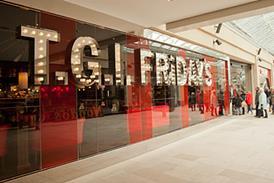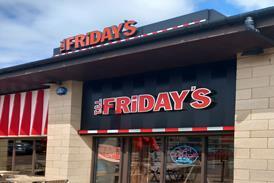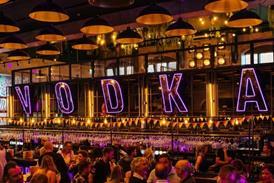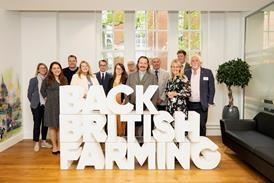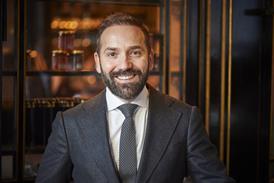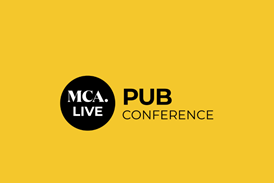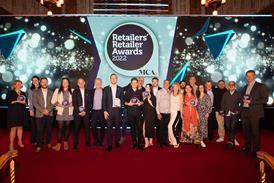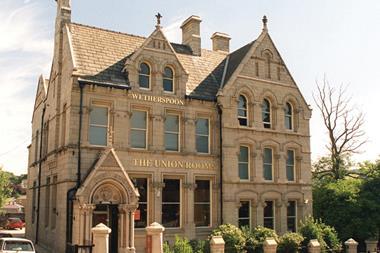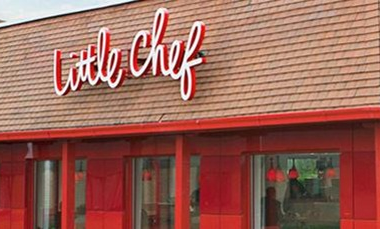A brand is more than a fancy logo, it’s a promise to your customers, says Mark McCulloch, the founder and chief executive of WE ARE Spectacular. He explains how businesses can figure out their brand identity on a budget.
What does the word brand mean to you? Is it a badge, a logo, a name, a colour or a collection of these things?
For me a brand is something that runs much deeper than that – the best way that I have heard it described is as a promise. For example, if you buy a can of Heinz beans, you know what you are getting and they deliver every single time. It is the same with Innocent smoothies and companies like Apple, Google and Nike.
These companies have a promise and they align the three main parts of their business – culture, product or service and reputation – around it. From who they hire, to what they make, to what people say about them – everything is in line with the brand promise.
Get your branding right and reap the financial rewards
So, ask every member of your team to explain your brand in a sentence that your grandmother could both “get” and get excited about. Do they all say exactly the same thing? If not, you may have an issue.
However for a SME with limited resources, finding your brand promise and redesigning your brand identity can seem frivolous or even a waste of time. But there is a low-cost solution that has stood me and my clients in good stead over the years. We call it finding your brand DNA, and when you have done this it should be the lens through which you view and filter all business decisions – such as who to hire, what to sell and where to sell it.
How to find your brand DNA
Start off by choosing 8-10 people from across your organisation (or if you are smaller run it with who you have). Ideally attendees will be from different departments, levels of seniority and length of service. Hire a venue outside the office, put aside a half day, and set a date.
Find a facilitator (who must be an objective outside party) to run the day. They force the group to make decisions on every question and encourage discussion. The questions that the group must answer are:
1) What are you?
Describe your business as if you were describing it to your grandmother. No corporate jargon and no waffle.
2) Who is your target customer?
If you could only have one type of customer for the rest of your business life, who would that be?
3) Why would this customer use you?
Think of all of the possible reasons why customers would use your product or service. List as many as possible, and have a vote on the main reasons.
4) What are your competitors’ advantages?
Take three competitors that are keeping you awake at night and allocate each one to a team. Ask them to pretend that they are in charge of those companies and list all the reasons why they are better than your company – be honest, brutal and factual. You then have the chance at the end of each presentation to say why you are better than the competitor. The four or five clear unique selling points/competitive advantages should be clear after this exercise.
5) What’s your brand personality?
Take a good range of recent magazines (travel, music, gossip, home, food, photography, sport). Pass these out to the group and ask them to find one picture each that encapsulates the personality of your company. Ask people to present their pictures, and words that describe them, to the group. Write up the main personality words and then narrow all the collated words down to four that describe your brand.
6) What’s your tone of voice?
Once you have agreed on your brand personality keywords, select supporting words for the main brand personality words. For example, if brave is one of your main brand personality words, it could mean that pioneering, confident and spirited are good supporting words for your tone of voice.
With these questions answered, now it’s time to put your brand DNA statement together.
Pull all of the answers together – think of it as your Cluedo moment. You start the positioning statement as follows: “Our role in the life of our customer is …”. An example could be: “Our role in the life of our customers is to help thrill-seekers and culture vultures travel the world to make the most of their free time on a budget without harming the planet.”
You then weave in what you do, who the customer is, their motivation, and how you do it. This should be a tight paragraph that has no waffle in it. It will be packed full of everything that you have discovered over the session.
Finally, can you take your brand DNA statement and sum it up in two words? Think of this as a shorthand version of your longer brand DNA statement, for everyone in your business to keep at the back of their mind.
This article first appeared in yesterday’s The Guardian and is republished with permission by Mark McCulloch. http://www.wearespectacular.co.uk/


